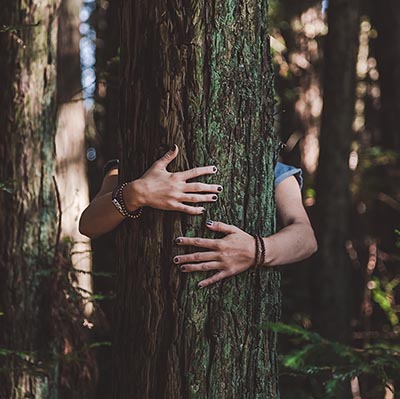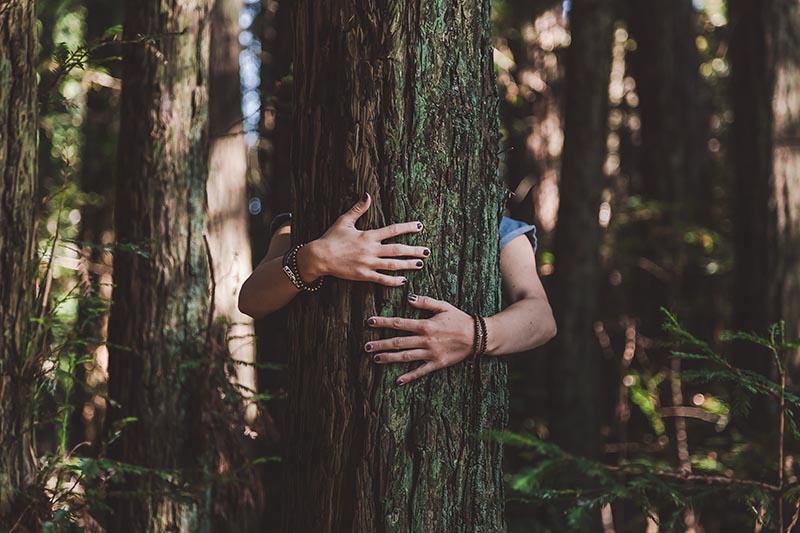Some days get the best of us: the train is late, there’s a pop quiz in class, your boss is disappointed, the list goes on and on. It can be hard to feel happy when so many factors can work against us. The good news? There’s an easy way to boost your mood that’s completely within your control, and it actually involves boosting someone else’s mood at the same time.
We all have an anecdote about how being nice to someone made us feel good. Now, science is beginning to help us understand why. One study, out of the Washington University School of Medicine in St. Louis, using fMRIs, scanned participants’ brains as they either donated to charitable organizations or chose not to. The research showed that the mesolimbic reward system (one of the brain’s dopamine pathways) was engaged in those participants who chose to donate. In fact, the reward system engaged in the same way it would when receiving money. So giving money can feel just as good as getting it.
If you’re thinking, “of course donating money feels good, if you have money to donate,” don’t worry—you don’t need to spend money to reap the benefits of being nice. Another study published in the Journal of Social Psychology showed that participants who carried out random acts of kindness every day for ten days reported higher life satisfaction than those who didn’t.
In the spirit of kindness, here are some easy ways to spread the joy to others, and in turn, feel that joy yourself.
1. Tell someone they’re doing a great job. From leaving a thank you note for your local post service person, to writing a Yelp review about an especially great waiter, just noticing the work someone is putting in and saying thank you can make a huge difference in their day.
2. Let someone else go first. Maybe it’s letting a car turn in front of you in traffic, or letting a person with fewer items at the grocery store go before you at checkout. There are countless ways being a little patient can make all the difference to someone else.
3. Give something other than money. You can carry items like granola bars or new socks to give to homeless people. And if you have any old towels or sheets, many animal shelters accept old linens to keep their animals warm.
4. Give a compliment. It’s human nature to think that when someone is looking at you, they’re judging you. Flip this perception on its head: the next time you’re loving a stranger’s style, let them know.
5. Pick up someone else’s chores. Whether it’s a roommate, family member, or colleague, everyone gets overwhelmed. Sometimes just doing the dishes when it’s not your turn can help someone else catch their breath.
6. Offer up your time. Everyone needs a break sometimes. If you know someone with kids or pets, offering to babysit or pet-sit for free can be a huge help. Plus, time can be offered in all sorts of creative ways like helping someone clean out their closet, weed their garden, or even move house.
7. Get in touch. Lots of people touch our lives without ever really knowing their impact. If there’s an old teacher, coach, or friend that changed your life, send them a message of gratitude. It could be exactly what they need that day.
At the end of the day, you don’t need a lot of money or a lot of time to show kindness. Sometimes, it can be as simple as making eye contact, saying hi, or just offering a smile. And for the rare moment that someone doesn’t wave in traffic or express gratitude for a compliment, move on to the next opportunity. Kindness has a ripple effect. If you keep expressing it, it will keep coming back to you.
If you are interested in creative ways to show kindness, head to the Community tab in Sanvello to read and share all the best tips in the Random Acts of Kindness conversation. It might just make someone’s day.

By Giselle Alexander, LCSW
Teletherapist, Sanvello
I’m a licensed clinical social worker with over 15 years of providing culturally appropriate psychotherapy and social services to individuals and families. I received my clinical license to provide psychotherapy in 2010. My training and experience come from a varied background of working in community mental health, social services, and private practice with individuals and families grappling with severe and persistent mental illness, anxiety, depression, grave disability, and end of life transitions. When I am not connecting with my clients, I enjoy the outdoors, dancing, cooking, and spending time with my family and my rescue dog, Maggie.

